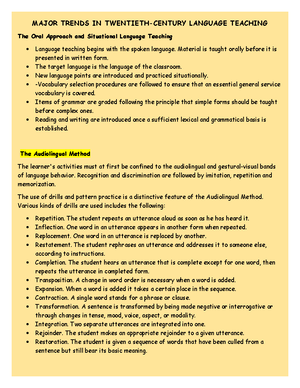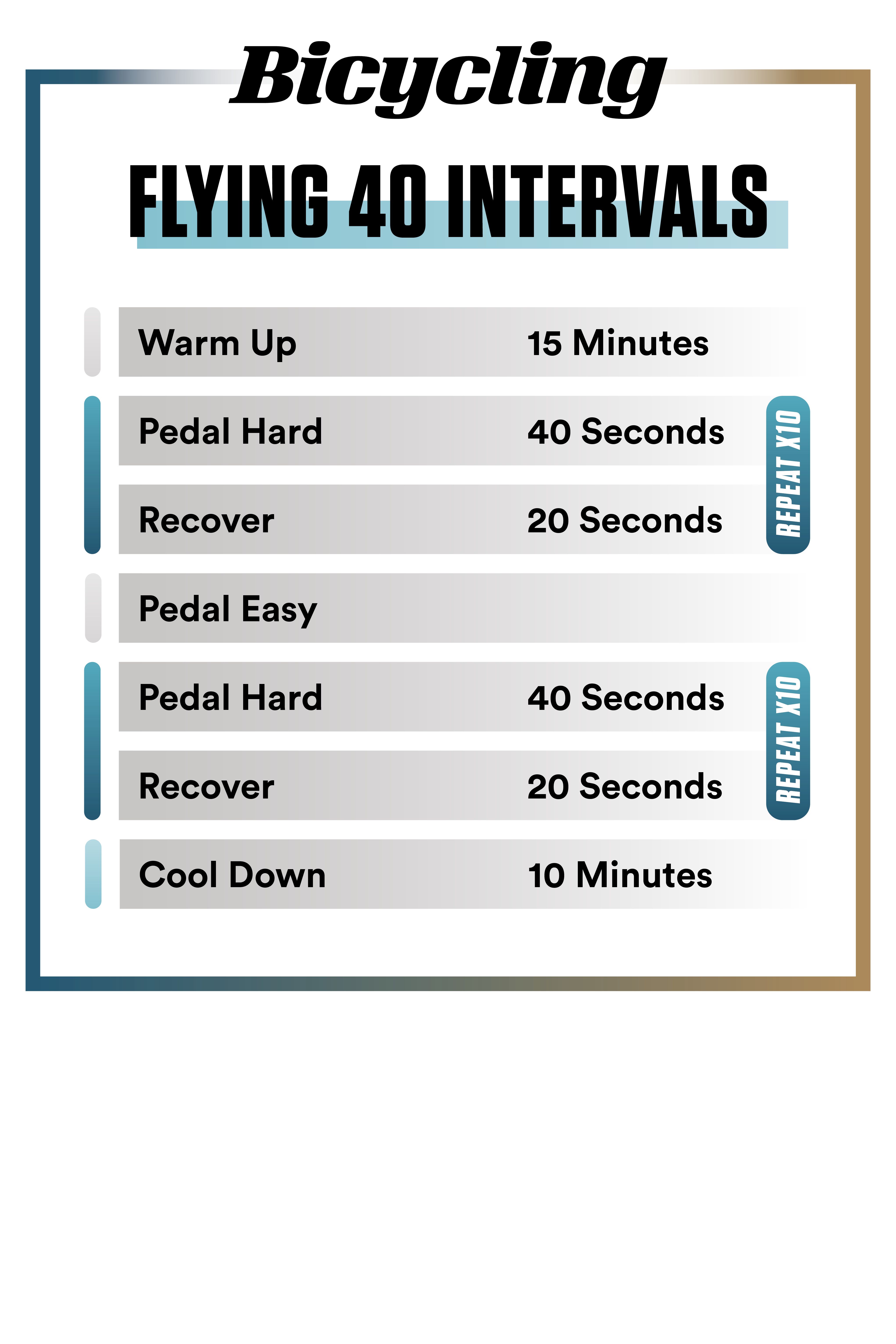

Increased accuracy (along with increased fluency and complexity) is one of the ways in which a learner's language improves so there is a need to focus on accuracy at certain stages of There is also the possibility of groups or pairs of students doing language drills together. the whole class repeats) then individually. Drills are usually conducted chorally (i.e.

There is one correct answer and the main focus is on 'getting it right' i.e. In all drills learners have no or very little choice over what is said so drills are a form of very controlled practice.

This is used for practising common adjacency pairs such as 'What's the matter?', 'I've got a (headache).' or 'Can I have a (pen) please?', 'Yes, here you are.' The words in brackets here can be substituted during the drill.

This is a repetition drill, a technique that is still used by many teachers when introducing new language items to their students. However, drilling remains a useful technique in the classroom if it is used appropriately.Īt its simplest, drilling means listening to a model, provided by the teacher, or a tape or another student, and repeating what is heard. Nowadays we know that language learning is not like this - it is a far more complex and creative process - and language is a lot more than just a list of structures to be memorised.Īn approach based mainly or only on language drills is unlikely to find many adherents today.Based on the Behaviourist view that learning to speak a foreign language - like other skills - was simply a question of correct habit formation, it was thought that repeating phrases correctly lots of times would lead to mastery of the language.


 0 kommentar(er)
0 kommentar(er)
